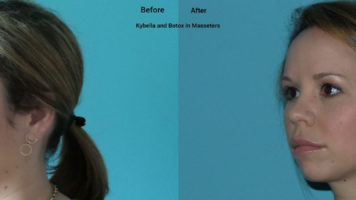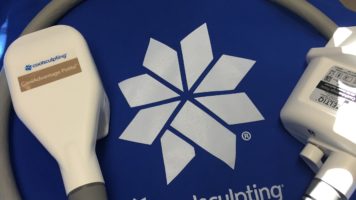PRP (PLATELET RICH PLASMA)
Platelet Rich Plasma or PRP is a modern therapy typically used in conjunction with your treatment (Fraxel, Microneedling, Viva RF Microneedling) that promotes new collagen and elastin production. This enhances your procedures results with an even better outcome. PRP initiates repair to your skin allowing for faster healing and less down time after aesthetic procedures. PRP contains a high concentration growth factors and is safe for all skin types. It has been used in facial rejuvenation since 2006 by plastic and facial surgeons as well as in the aesthetic arena.
PRP is commonly used with:
Microneedling
Fraxel Dual
Viva RF Microneedling
What is PRP?
Platelet Rich Plasma is a component of your blood that contains special proteins that promote your blood to clot. More importantly, it contains a high concentration of growth factors that promote cell growth. When applying your own PRP to your injured skin during an aesthetic procedure, it will stimulate your body to grow new, healthy cells. With these new, healthy cells, you will notice an improvement to your skin texture, tone, and wrinkles due to the collagen synthesis. Due to the concentrated amount of PDGF (platelet derived growth factors) that will be applied to your skin, it will also help promote faster healing allowing you to get back to your normal routine.
The Process
One small vial of blood will be drawn by one of our healthcare professionals during your appointment. It is then spun in a centrifuge to separate your red blood cells from your platelets. Once this process and your aesthetic procedure is complete, your Platelet Rich Plasma will be placed on your skin. The process is not painful and is quite soothing after your procedure.
PRP (Platelet Rich Plasma) Benefits
- Initiates repair to your skin
- Promotes faster healing and less down time
- Contains Growth Factors to promote new, healthy cell growth and collagen production
- Safe for all skin types




Great Blog Post! I need some rejuvenating!